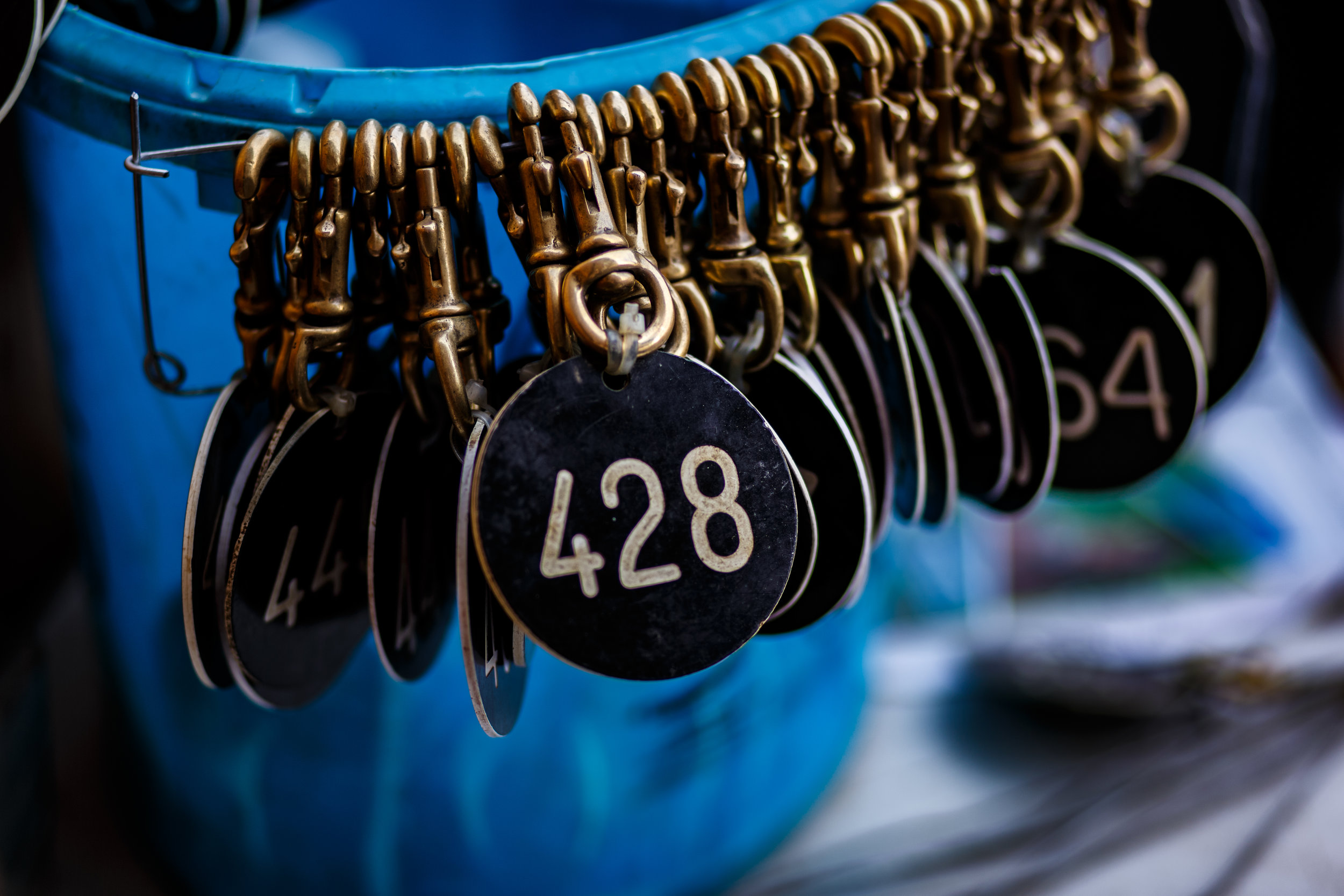Understanding Trainers’ mental health
/By Lissa Oliver
There is no doubt that the welfare of the horse is important and the public perception of how we care for the horse in training and on retirement impacts directly on the level of support we can expect from sponsors, racegoers and governments. The care of the horse, however, is wholly dependent upon those it is entrusted to and they are the ones who have often been neglected.
Racing Welfare was founded in the UK in 2000 and the service was expanded in 2014. In Ireland, the Industry Assistance Programme (IAP) was launched in 2016 and receives great publicity from Irish racing publications. Both support systems are easily accessed and provide a free and confidential 24-hour service, seven days a week, for everyone working, or who has previously worked, within the thoroughbred industry and their immediate family members.
Sadly, this is not the case elsewhere, but not from want of need. Many German trainers feel the wellbeing of industry professionals in German racing is sadly ignored. If the Direktorium has any regard or respect for stable staff, it is escaping without notice.
“At the Baden-Baden meetings, the stable staff are still living in squalor by today’s standards,” one trainer, who prefers not to be named, tells us. “Jockeys with welfare or alcohol problems are pushed aside and never heard of again. There is no Injured Jockeys Fund, no helplines or advice for a future career. For this day and age that is a really shameful state of affairs.
“It’s time these issues were aired. After all, without our dedicated workforce we have no racing. I have personally helped various people from the industry who have fallen on hard times, even in one case an attempted suicide, and have received no support. It has reached a point where I now only run horses in France when at all possible, I have lost all faith in German racing.”
That really is a damning indictment, particularly as one trainer went so far as to say that their support of an industry professional who had hit rock bottom earned them nothing but derision. It is interesting, too, that none of these individuals wanted to be named. Not for their own modesty, but in respect of the confidentiality of those they had helped.
This same sense of a lack of care and concern was reiterated by a French trainer unaware of AFASEC (www.afasec.fr), a service for racing and breeding professionals. AFASEC (Association of Training and Social Action Racing Stables) was commissioned by France Galop and the French Horse Encouragement Society in 1988 for the training and support of employees of racing stables throughout their career path. The association is managed under the double supervision of the Ministry of Agriculture and the Ministry of Economy and Finance.
AFASEC ensures the training of future employees through the French Horse Racing School and offers support to employees throughout their professional life. Five social workers and two social and family economics counsellors are at the disposal of 4,000 French racing professionals. Their mission is to inform, help and support in their professional and personal lives. The social workers can then refer those looking for support to relevant services.
The lack of awareness of this service among some French trainers suggests that more publicity is needed to ensure every racing industry professional has the necessary contact details and can avail of this service when required. The need for trainers to make such services known and displayed in the yard is paramount.
The confidentiality of the support network set up in Britain and Ireland is vital to its success, and Racing Welfare and HRI/CARE prefer not to reveal figures regarding the number of individuals who have availed of the service. However, Racing Welfare supported more than 2,200 people in 2017 with a wide range of challenges, which represents a significant proportion of racing’s workforce.
One trainer who is happy to discuss the help she received from the IAP is Clare Cannon, in County Down, Northern Ireland. She holds a Restricted Licence, with only four horses in her yard, and struggles to make her business pay.
Clare Cannon
Following the particularly harsh winter and spiralling costs, coupled with the retirement of her best horse, Cannon considered giving up and joining the many Irish trainers to have relinquished their licence this year.
“It doesn’t matter how big or small a trainer is, the problems are the same—just on a different scale,” she points out. “A lot of things had happened to me on top of each other. It reached a point when I thought, ‘why am I even doing this’? The biggest thing is that since going to the IAP I’ve had such a great season. If I’d not got help and I’d given up, I would have been watching someone else having a great year with my horses.”















